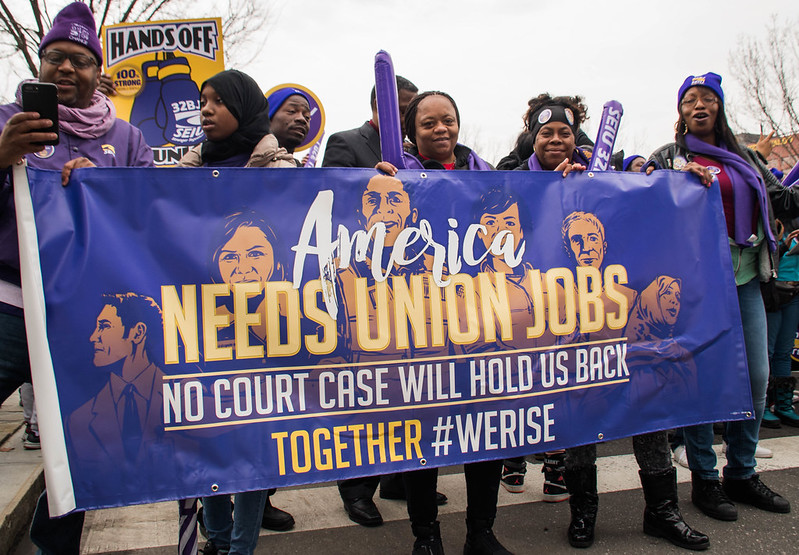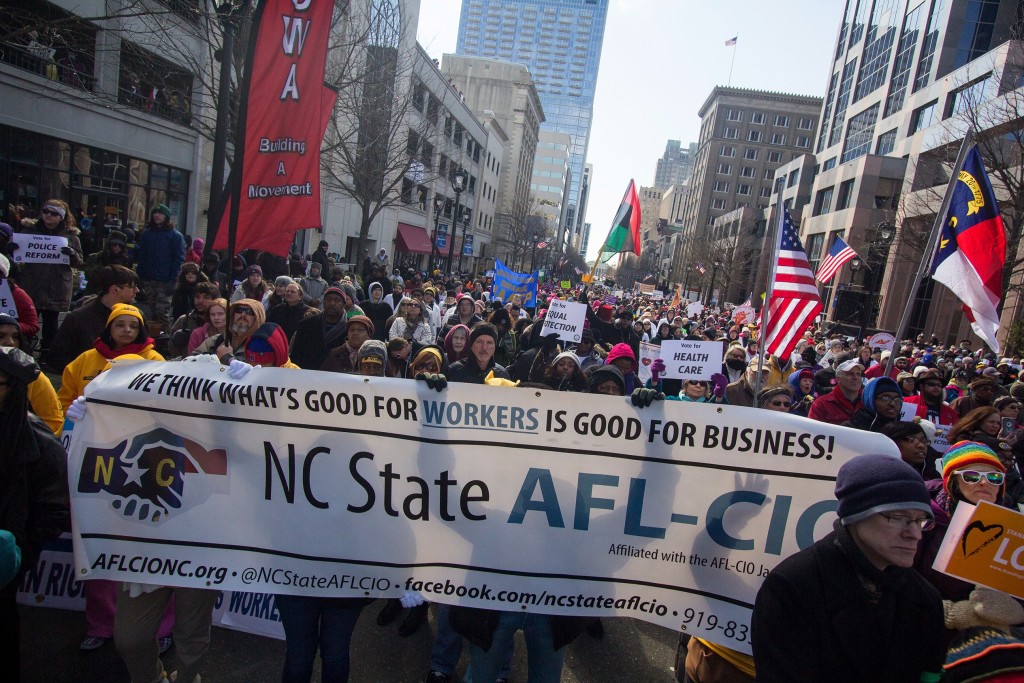
Activists, workers and union organizers around the U.S. are gathering—virtually, of course—to convene on the current state of worker organizing and how to mobilize worker actions during the COVID-19 pandemic.
In response to this need, on April 18, Labor Notes held its very first virtual conference to encourage union participants, workplace activists and workers to support the labor movement.
The published video online has been viewed over 20,000 times.
In the past, disruptions by worker organizing has been a source of leverage during times of economic upheaval—from the Great Depression, to World War II, to the Great Recession in 2008. During recessions, corporations often streamline or reorient their supply chains as they compete for market share, leaving workers at risk of losing their jobs and insurance access.
However, the coronavirus pandemic has shown that, despite the upcoming economic upheaval and risk of corporate fallouts, essential workers who are providing care during this time of uncertainty are a necessity.
Already as a result of the pandemic, in New York City—the center of the outbreak in the United States—over 50 subway employees have died from COVID-19 and over 2,200 have tested positive.
And according to a CDC statement published on April 17, over 9,000 health care personnel (HCP) around the country have been infected by the virus, and 73 percent of them are women—reflecting the gender distribution among the workforce. In response, Medscape has tracking names in an “In Memoriam” in honor of all of the healthcare workers who have died from the virus.
In an interview with the Washington Post, CDC Director Robert Redfield warned, “There’s a possibility that the assault of the virus on our nation next winter will actually be even more difficult than the one we just went through”—referring to the fact that we will be experiencing the flu epidemic and COVID-19 epidemic simultaneously.
Those put under the most strain and risk of exposure at this time—and later, if the virus returns—are HCP and those deemed “essential workers,” a large proportion of which are women and people of color. These include but are not limited to: grocery stores and take-out restaurants, retailers and service providers, manufacturing, transportation and construction.
These jobs have historically been represented by large unions—though in recent years union membership has declined due to economic shifts and the embrace of neoliberalism by many workers who are members of the Republican party.
But the revelation of their necessity by society at large has bolstered the desire for union support as essential workers seek protections during this perilous time.
Membership in a union often includes access to healthcare, paid sick leave and family leave, life insurance and job protection for those often at risk of abuse by their employers.
Since the outbreak of COVID, workers have been protesting decisions made by their employers to stay open, refusing to go to work, fighting back or walking out of their work as a response to insufficient worker protections and pay—the perfect opportunity for unions to establish credibility in support of workers.
It is increasingly evident, as the United States moves into its third month with the COVID-19 pandemic, that corporations need their workers more than the workers need their corporations. This is the time for unions to step up as the mediator of conflicts emerging between employers and employees as the country attempts to stay together against this health crisis that will surely lead to massive economic upheaval.
The virtual conference held by Labor Notes last week is the type of event that makes workers feel as though organizations are standing behind them in this time when their health and well-being are being so blatantly neglected by their employers. On their website, they’ve even published a list of “Secrets of a Successful Organizer Handouts.”

The largest federation of unions in the U.S., The American Federation of Labor and Congress of Industrial Organizations (AFL-CIO) has also been updating their website throughout the pandemic to address the ways that workers can be better protected.
According to the AFL-CIO website, organization priorities at this time include:
- protecting front-line workers,
- mitigating the broader public health crisis,
- sustaining people through the crisis,
- sustaining workers in severely affected sectors,
- sustaining state and local governments, and
- rebuilding the economy and putting people back to work.
Though many other smaller unions across the country have continued to operate throughout this crisis, it is necessary that they express more public support of workers so that those who are the most vulnerable during this time can be protected by an organization looking out for their best interests.
This global health crisis may be the best opportunity to come along in recent years for the labor movement to revamp their mission to transform the economy and benefit the working class.





